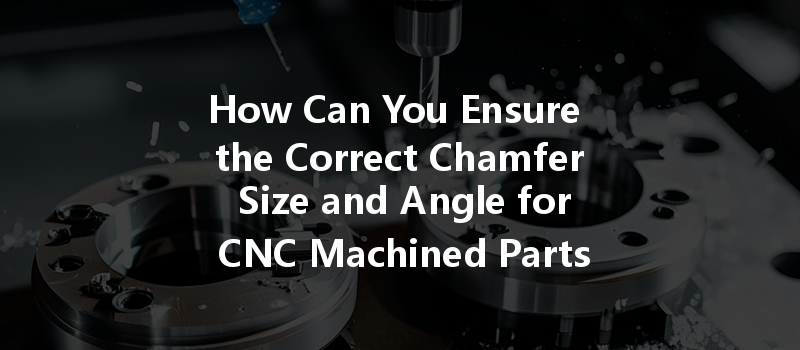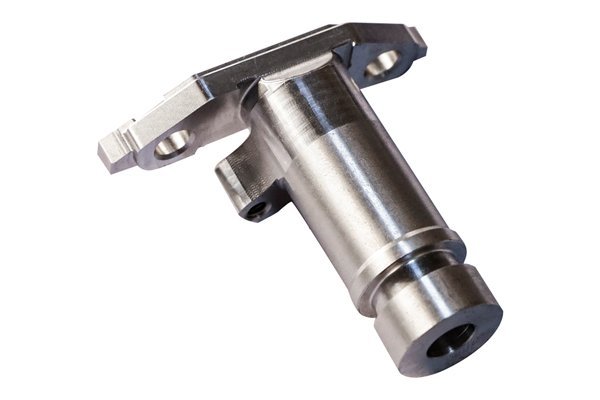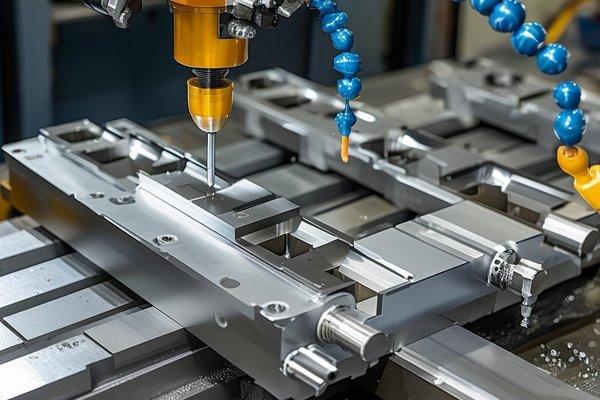Did you know that even a small discrepancy in the chamfer size or angle of a CNC machined part can lead to significant issues down the line? According to a recent study, around 38% of operational failures in machinery are attributed to precision errors in component design and manufacturing. This astonishing statistic underlines the importance of precision in CNC machining, particularly when it comes to chamfer designs.
Chamfers, with their beveled edges, aren’t merely aesthetic choices; they serve critical functions such as easing assembly, reducing stress concentrations, preventing sharp edges, and improving the overall functionality of assembled components. The importance of using the correct chamfer size and angle in CNC machining cannot be overstated. In this blog, we will explore how to ensure that these specifications are met with precision and accuracy.
Understanding Chamfers
What is a Chamfer?
A chamfer is a transition between two surfaces, generally at a 45-degree angle, but they can be crafted at various angles and sizes. In mechanical engineering, chamfers are implemented for various reasons, including:
Types of Chamfers
Understanding the types can help fabricators choose the most suitable type for their specific application.
Importance of Chamfer Size and Angle
Getting the chamfer size and angle right is essential for multiple reasons, such as:
Factors Affecting Chamfer Size and Angle
Several variables can influence the effectiveness of chamfers in CNC machining:
Solutions for Ensuring Correct Chamfer Sizes and Angles
To ensure correct chamfer sizes and angles in CNC machining, various strategies can be employed.
Utilizing Computer-Aided Design (CAD) software is indispensable in the design phase. Effective design modeling techniques include:
Choosing the correct tools is vital for ensuring that your chamfer specifications are met. The types of tools commonly used in CNC machining for chamfers include:

Once your design and tool selection are complete, the next step is to ensure that the CNC machine is set up correctly.
Incorporating quality control measures can help ensure the correct chamfer size and angle at various stages of machining:
After machining, collect feedback from downstream processes. This can include:
Advanced Techniques for Chamfer Production
When basic techniques don’t seem to yield the expected precision, it may be time to explore advanced machining techniques:
Common Challenges and Solutions
Despite following recommended best practices, challenges can still arise:
Ensuring the correct chamfer size and angle for CNC machined parts is pivotal for functional performance, material integrity, and cost efficiency. By employing effective design practices, selecting the right tools, setting up accurate machines, and implementing stringent quality controls, manufacturers can achieve the desired results.
In summary, understanding the intricacies of chamfers and making informed decisions throughout the machining process will improve overall quality and performance. As a manufacturing professional or enthusiast, your ability to grasp these concepts can directly impact your output and reduce the chances of errors.
The importance of this blog cannot be understated. It provides an in-depth approach to a seemingly minor yet crucial aspect of CNC machining. Now that you’re equipped with this knowledge, consider your own processes—where can you improve? The integrity of machined components depends not just on the tools and technology used but on the knowledge and dedication of people like you. Let’s prioritize precision and continue pushing the boundaries of manufacturing excellence.






